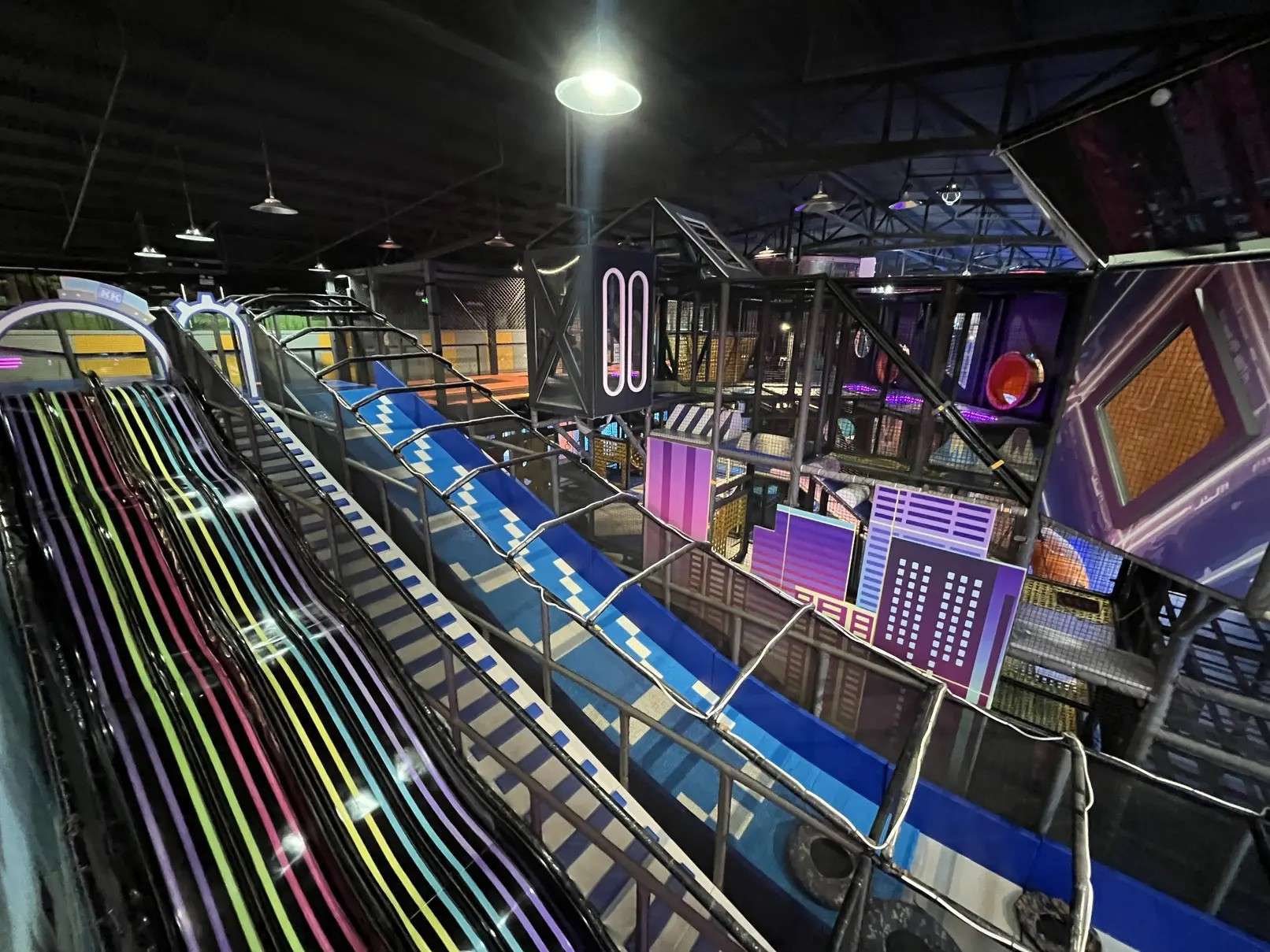Indoor bouncy house parks are emerging as a highly profitable investment in 2025, driven by shifting consumer trends, diversified revenue streams, and operational advantages over traditional children’
摘要:
Indoor bouncy house parks are emerging as a highly profitable investment in 2025, driven by shifting
Indoor bouncy house parks are emerging as a highly profitable investment in 2025, driven by shifting consumer trends, diversified revenue streams, and operational advantages over traditional children’s businesses. Below is a structured breakdown of why they stand out as a smart investment this year:
1. Strong Demand Drivers in 2025
Profitability starts with unmet demand, and indoor bouncy house parks align with key societal shifts:

– Post-Pandemic Lifestyle Shifts: After years of lockdowns and screen overload, families prioritize active, offline experiences. Parents seek safe, supervised spaces where kids can burn energy, socialize, and avoid screens—needs indoor parks directly address.
– “Experiences Over Things” Trend: Modern parents increasingly spend on “memory-making” activities (e.g., playdates, birthday parties) over physical toys. Bouncy parks offer affordable, repeatable fun that keeps families returning.
– Year-Round Reliability: Unlike outdoor playgrounds, indoor parks are weatherproof (immune to rain, extreme heat, or cold), ensuring consistent foot traffic and steady revenue every month.

2. Diversified, High-Margin Revenue Streams
Profitability hinges on multiple income sources that maximize earnings per customer:
– Core Admissions: Hourly/daily passes or all-day “unlimited play” tickets form the base revenue. These are scalable—higher foot traffic directly boosts sales with minimal incremental cost.

– Birthday Parties & Events: The highest-margin segment. Parents pay premium prices for hassle-free, themed celebrations (e.g., reserved space, decorations, food, exclusive facility rentals). Group bookings drive large transactions and word-of-mouth referrals.
– Ancillary Sales: Snacks, branded socks (often required for safety), souvenirs (t-shirts, toys), and vending machines increase average revenue per visitor. Small upsells (e.g., $3 grip socks) add up quickly across daily visitors.
3. Manageable Costs & Fast Break-Even Timelines
While initial investment exists, costs are predictable and operational expenses remain low:
– Startup Costs: $50k–$200k (inflatable equipment), plus leasehold improvements and marketing ($10k–$20k). Commercial-grade inflatables (e.g., from suppliers like Mizone Playground) are durable, lasting years with minimal maintenance.
– Operational Efficiency: Unlike arcades (prone to machine breakdowns) or toy shops (inventory obsolescence), inflatables require simple upkeep (cleaning, minor repairs). Lower overhead (no high-tech systems) keeps monthly costs (rent, salaries, insurance) manageable.
– Quick Break-Even: Most parks reach profitability in 12–24 months, faster in high-traffic areas or with strong party bookings.
4. Competitive Edge Over Other Children’s Businesses
Indoor bouncy parks outperform alternatives like toy shops, daycares, or arcades:
– Lower Maintenance: Inflatables are simpler to clean/repair than mechanical rides or arcade games. Rotating themes (e.g., jungle, space) keeps offerings fresh without massive reinvestment.
– Wider Audience: They cater to toddlers (soft play zones) to tweens (obstacle courses), attracting diverse age groups and larger groups (e.g., school trips, birthday parties).
– Scalability: Successful parks easily expand—open new locations, franchise, or add themed zones—thanks to modular, flexible designs.
5. Partner Support for Success
Choosing the right equipment partner (e.g., Mizone Playground) accelerates profitability by providing custom inflatables, fast shipping, safety compliance, and ongoing support. This reduces setup hurdles and ensures a unique, high-quality park that stands out.
Conclusion
In 2025, indoor bouncy house parks combine strong demand (post-pandemic experience focus, weatherproof reliability), diversified high-margin revenue (admissions, parties, ancillaries), and manageable costs to deliver consistent profitability. With a break-even timeline of 1–2 years and scalability potential, they’re a standout investment for entrepreneurs targeting family-focused entertainment.
Key Takeaway: For investors, this is more than a “play space”—it’s a data-driven business model tapping into timeless family needs and modern spending priorities.






